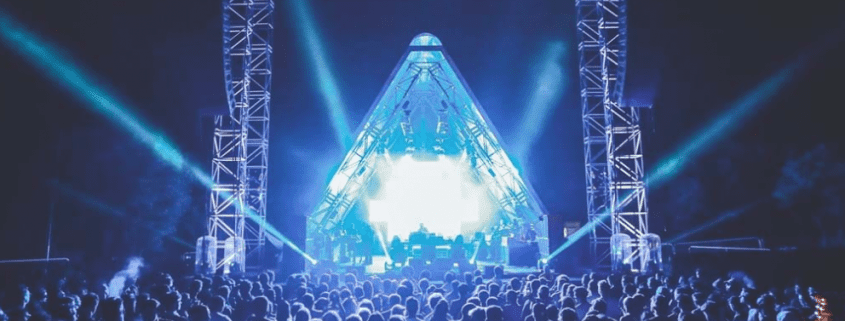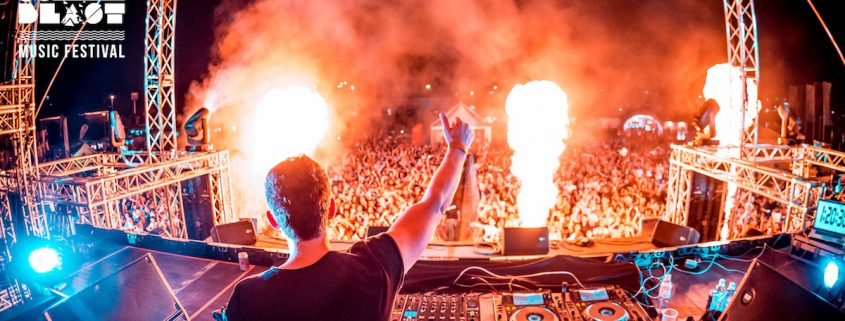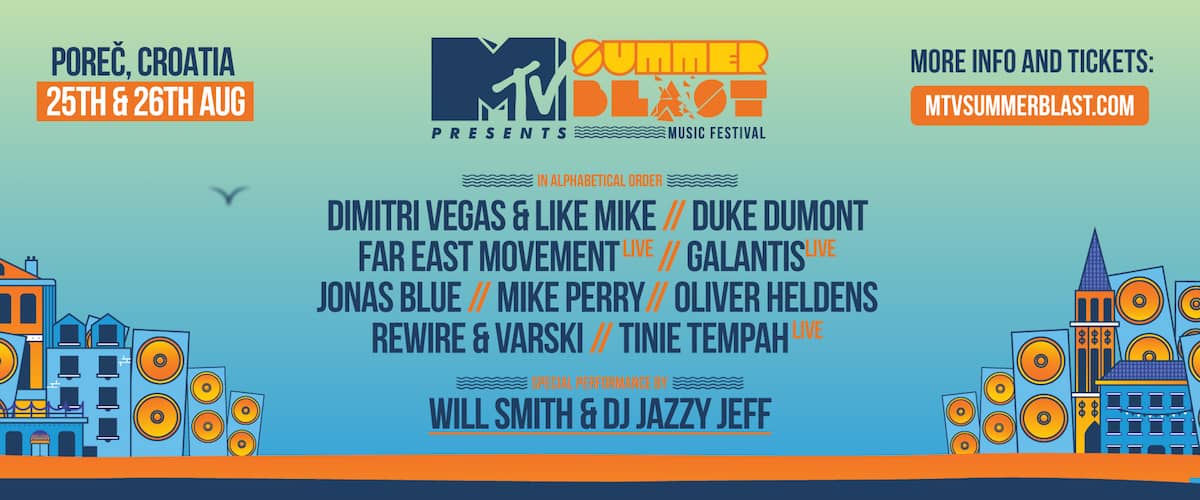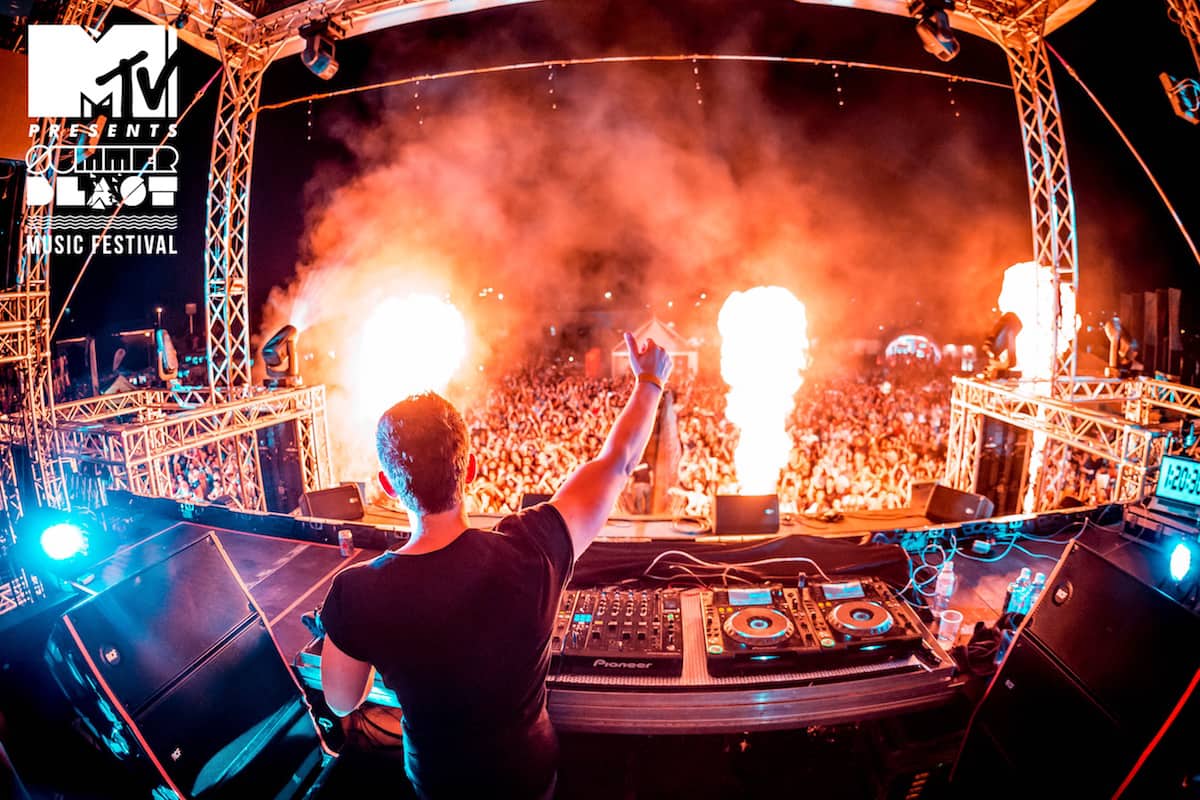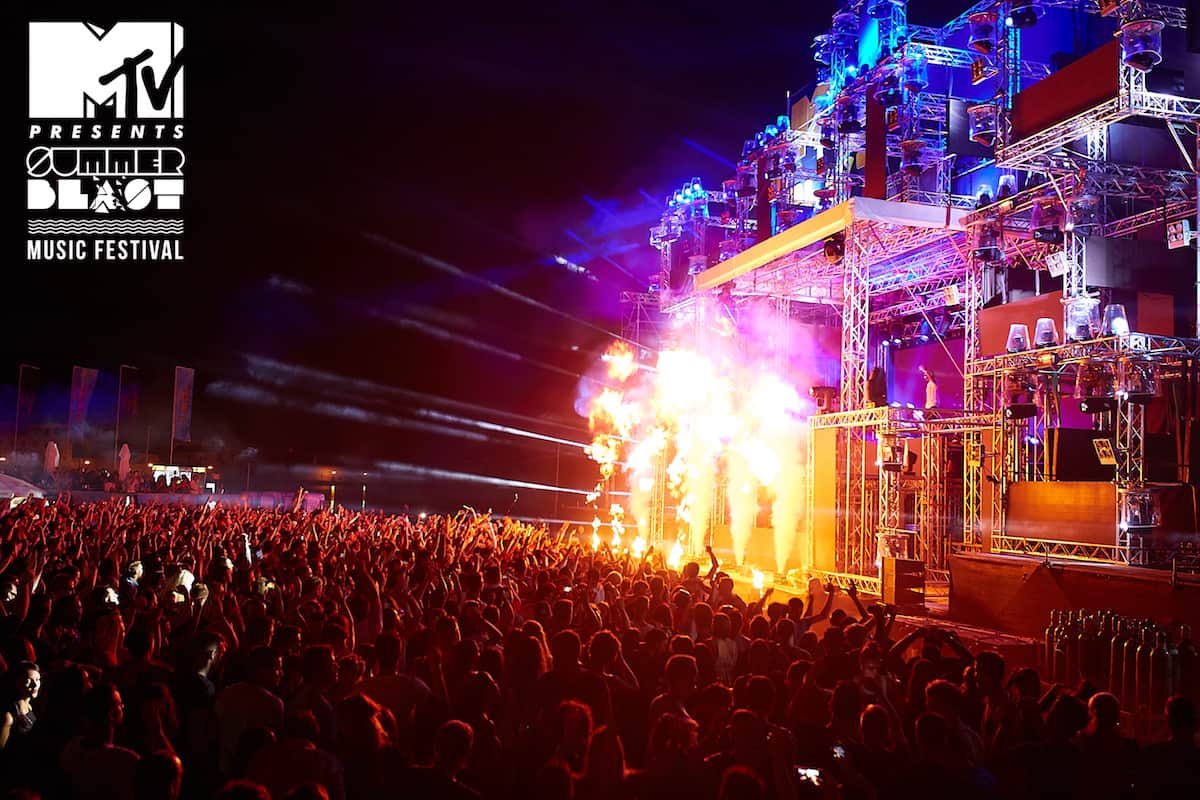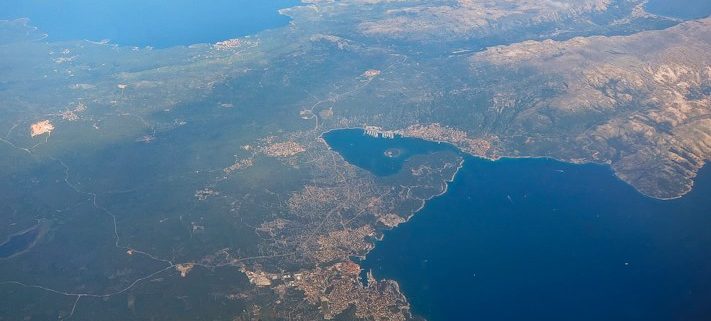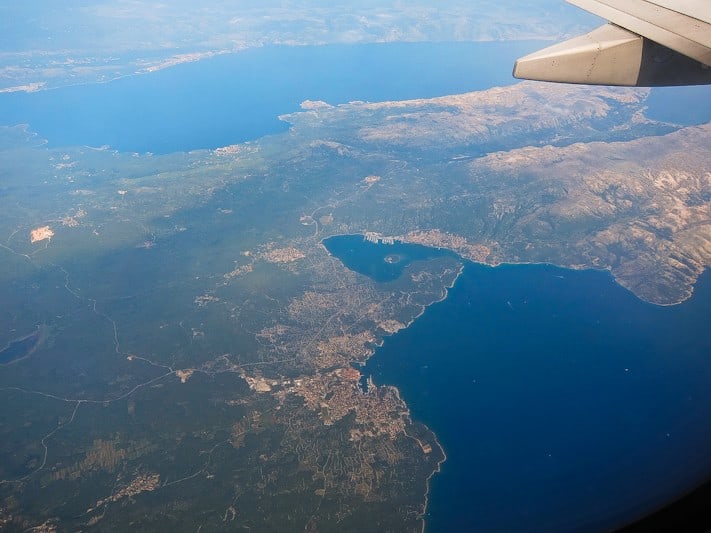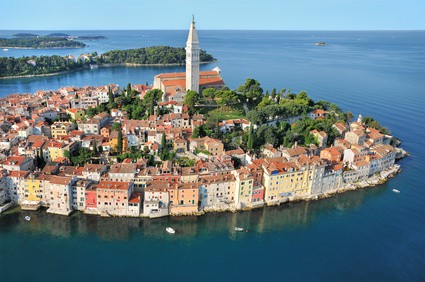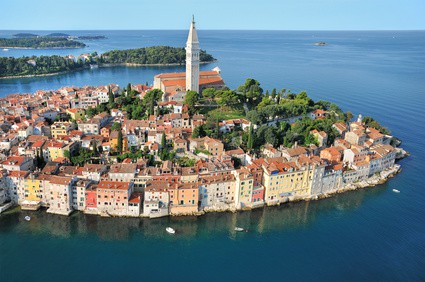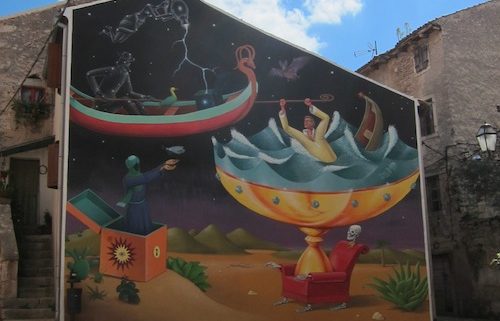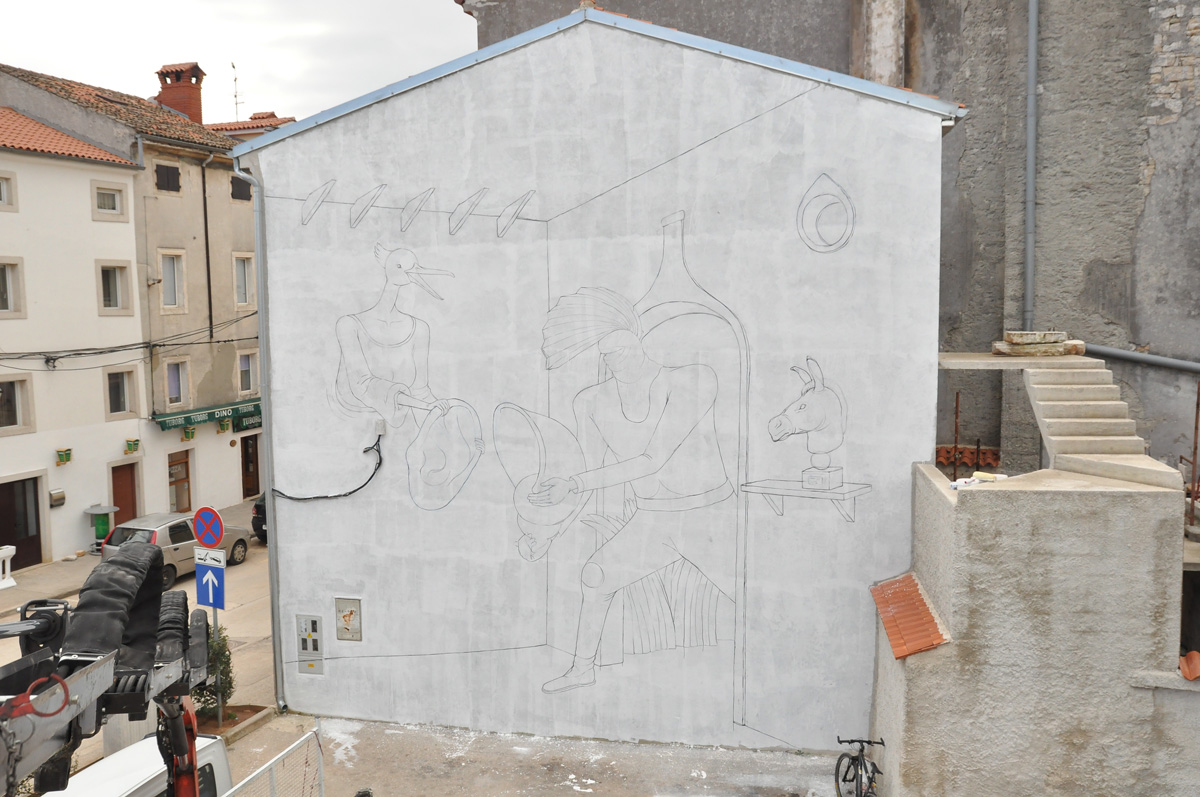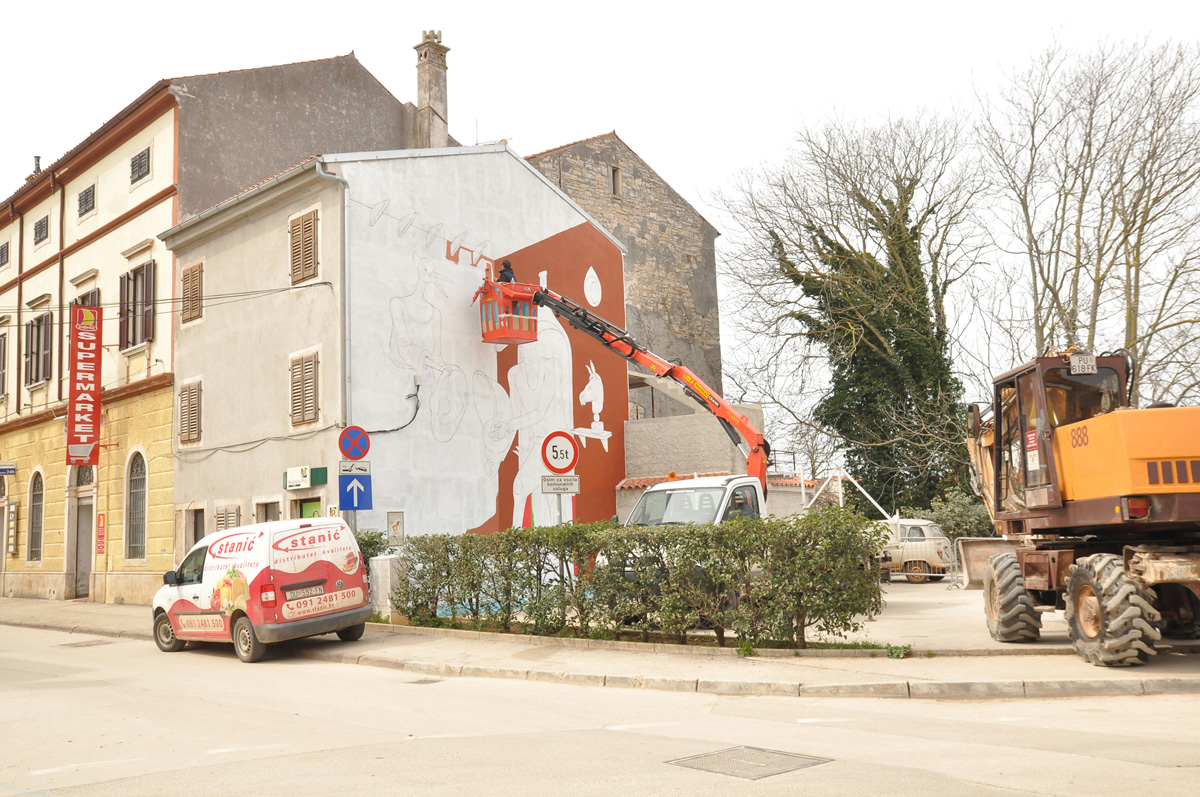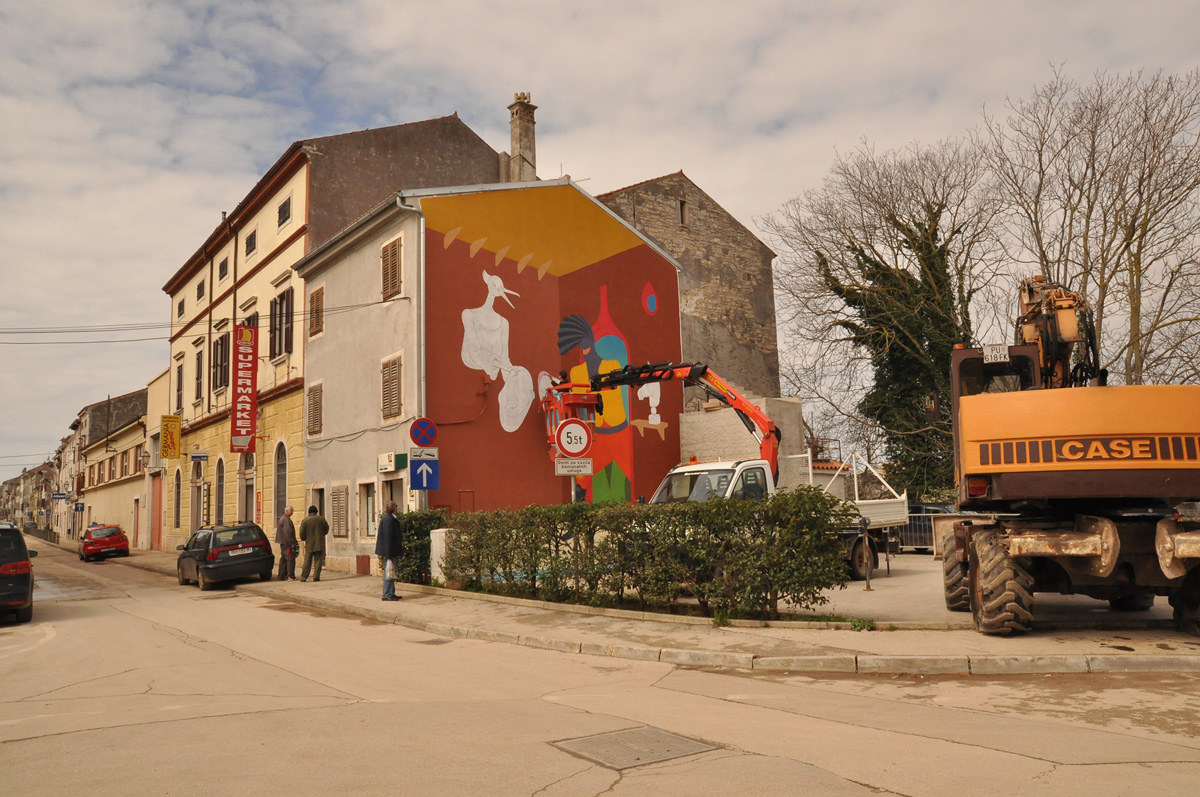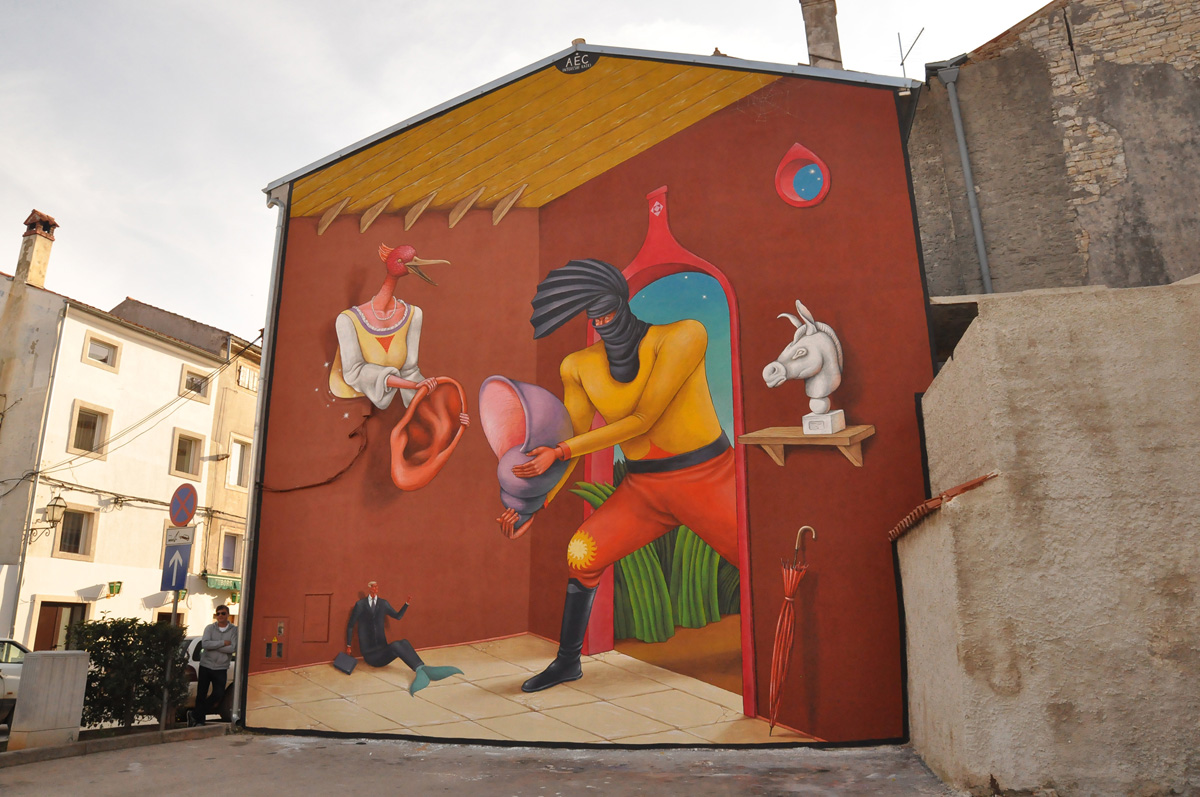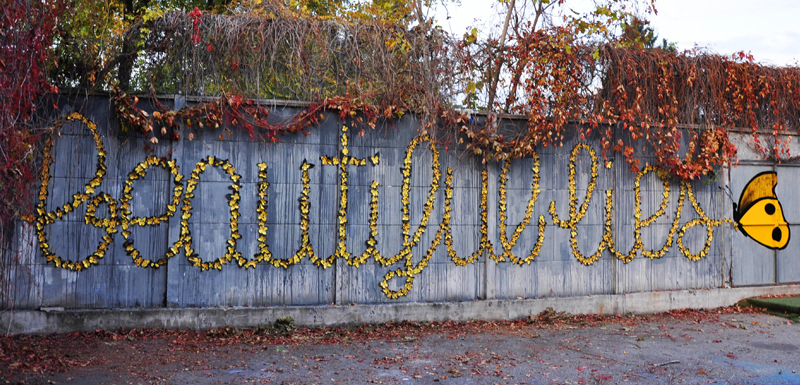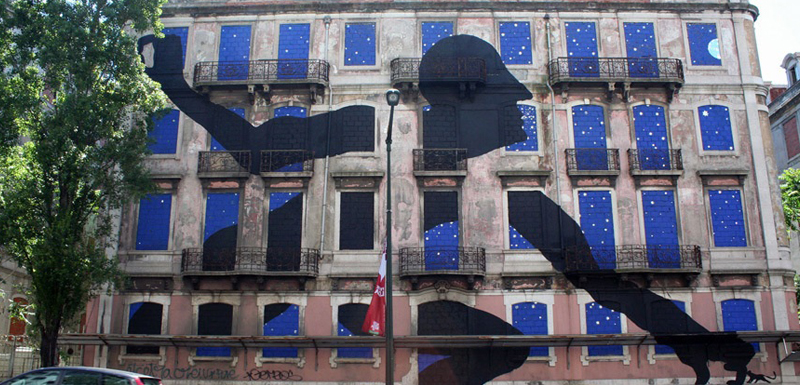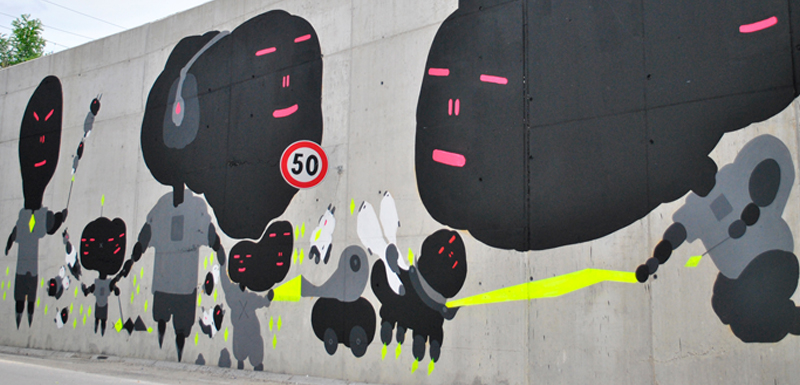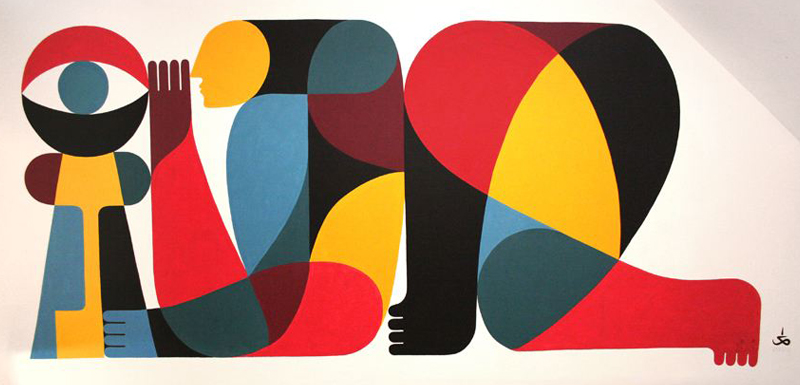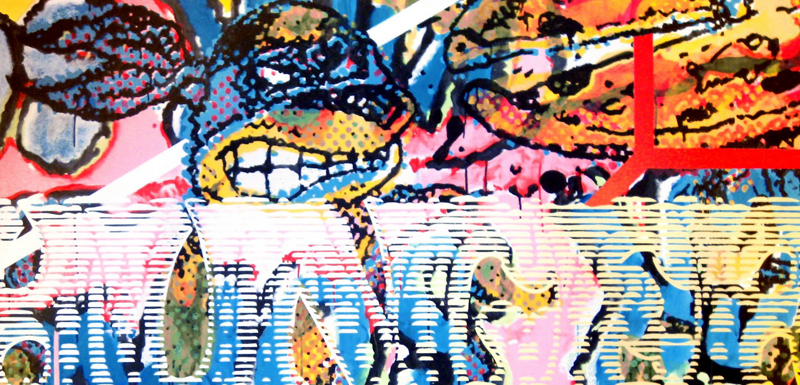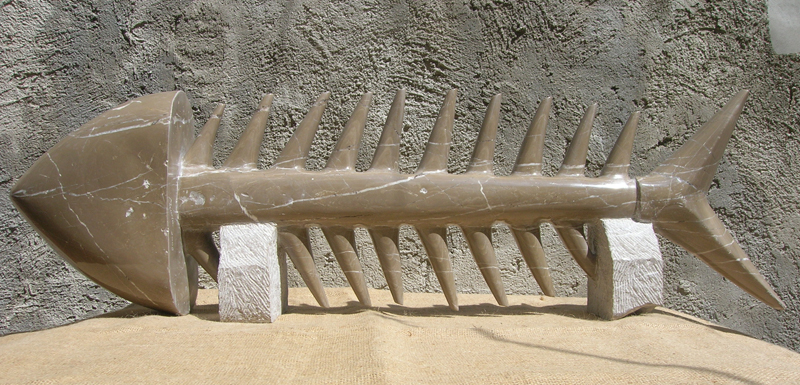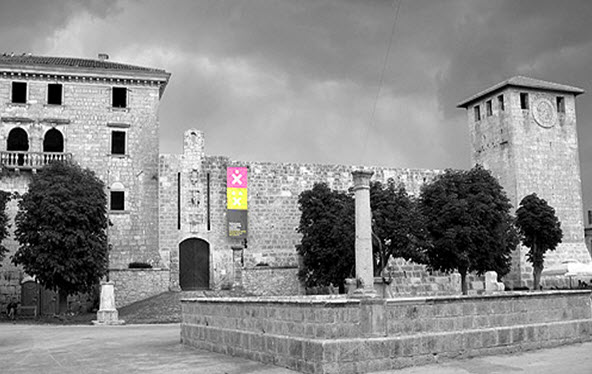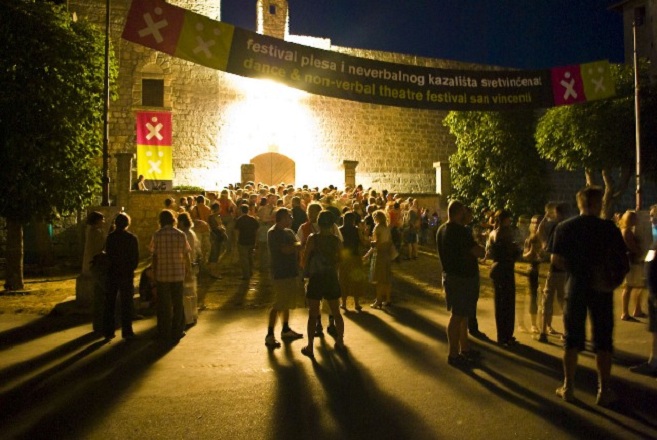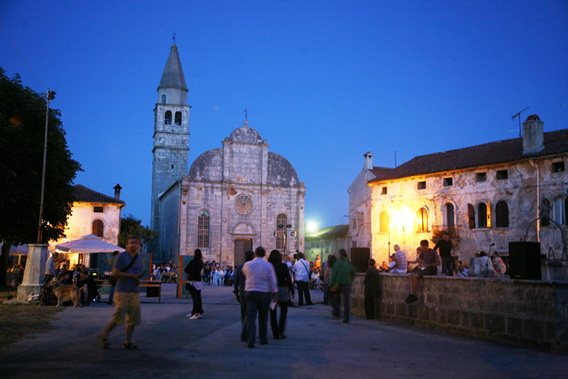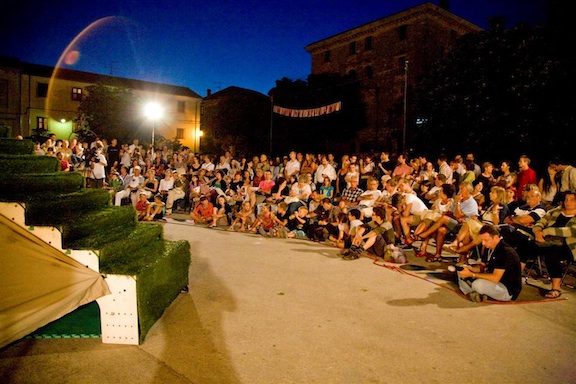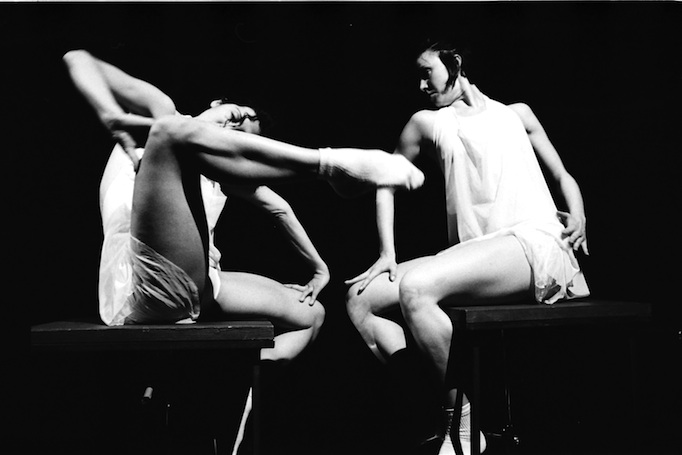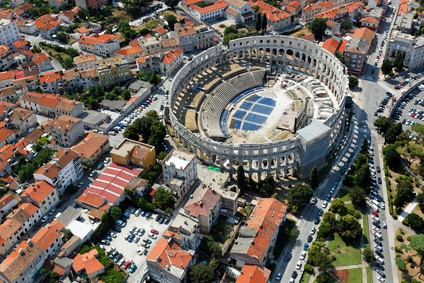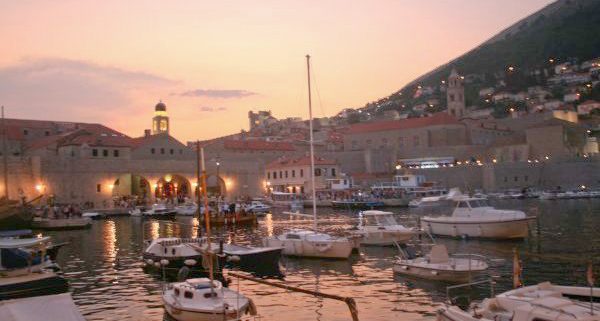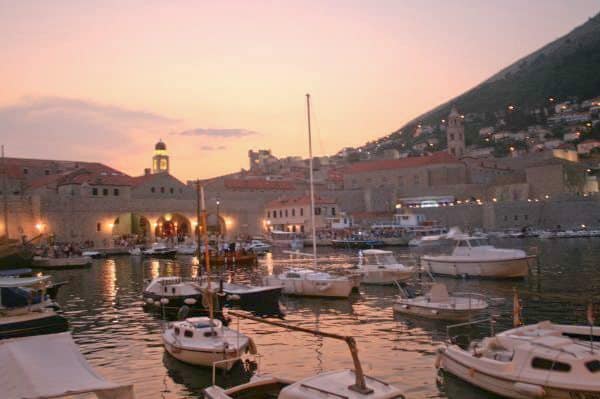Dimensions Festival reveals stage breakdowns and takeovers
News is in from this year’s Dimensions Festival (29th August – 2nd September 2018) – a full run down of all the stage sets and takeovers has been revealed.
The day to day breakdowns for the ten stages have now been revealed – with takeovers from Hessle Audio, Zeezout, Resident Advisor, Stamp The Wax, Make Me, Electrix, Exit Records, JAW Family and more. Hosting acts include Underground Resistance, Peggy Gou, Nina Kraviz, Bonobo (All Night Long), Hunee, Jon Hopkins, Ben UFO, Saoirse, Maurice Fulton, Helena Hauff, DJ Stingray plus over 100 more acts.

About Dimensions
With no less than ten (ten!) stages at the Festival, Dimensions has fully confirmed its places as one of the most forward thinking electronic parties, bringing together the underground’s most dynamic, thoughtful and innovative artists.
Taking place over five days, the seventh Dimensions Festival will once more return to its idyllic abandoned fortress spot outside Istria’s main town Pula. All the old favourite Festival areas return, from the iconic Moat area through to the sun-kissed Beach stage. Attendees can discover fresh new breakout acts, or revisit classic talents that have laid the foundations.
As well at the main festival, Dimensions will also see a fantastic opening concert on the evening of Wednesday 29th August with Kraftwerk, Nils Frahm and Moodymann all performing.
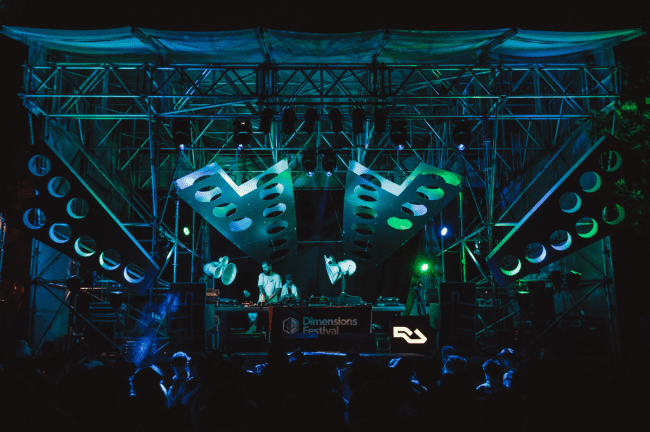
Dimensions Stage Breakdowns
The Clearing
The Clearing will once again be delivering a quality set of names for 2018. Opening with a solid start, embrace the sounds of the motor city with Underground Resistance presents Depth Charge, plus electronica institutions Jon Hopkins and Petar Dundov. The Clearing starts as it means to go on with techno’s leading ladies Volvox and Nina Kraviz spinning all-encompassing electro, acid and beyond. Don’t miss mind live performances from Azymuth & Marcos Valle, The Comet is Coming andJames Holden & the Animal Spirits as well as angular beats from Avalon Emerson among Friday’s offerings. A testament to Dimensions’ diverse programming, catch DJ’s DJ Jon K, MXMJOY:[maximumjoy] and Rush Hour legend, Hunee, bringing those unforgettable, magic sunrise moments as well as Joe Claussell. The soundtrack to the final evening comes courtesy of Bonobo, playing all-night-long from soul and jazz, disco, house, electronica and beyond – in a way only he can.

The Garden Stage
The leafy GARDEN STAGE is another world within the festival. Lush green surroundings host an impactful set of names; starting with a journey through house, jazz and feel-good vibes galore straight from the Motor City, enter the Mahogani music godfather, Moodymann and vibe purveyors Amp Fiddlerand Marcellus Pittman. Eddy Ramich and legendary Leeds party crew, Cosmic Slop also join on Thursday. Friday we celebrate 30 Years of French institute, Rex Club with stellar selectors rRoxymore, Ash Lauryn, Gabriella Vergilov and Peggy Gou, while Saturday is and all-night affair on a cosmic tip with Margaret Dygas, Sonja Moonear, Ste Roberts and more on board. Finishing proceedings, rising talent and DJ Directory member Alex T and Mexico City’s underground hero, Leo Leal spin on Sunday night. A final treat for those in the know fabric kingpin, Craig Richards and wax wizard, Nicolas Lutz join forces to close the Garden with an over 5 hours of seam B2B blends.
The Void
A much loved zone with a mammoth sound system, The Void is a Dimensions arena that is loved by the masses, catering to the deeper, darker electronic palettes. First up to host is Resident Advisor, whereWillikens & Ivkovic go head to head with a genre-defying b2b session ahead of John Talabot. Hands in the air for Kuniyuki, and DJ Python’s reggaeton, deep house and breakbeat fusions. Catch Disco’s sweetheart IIl Bosco (Red Laser Disco), J.A.W. Family, Alexander Nut, Red Greg and Maurice Fultongracing the booth on Friday. A real underground affair is set for Saturday, one for electro aficionados, catch Chris CPU, Billy Nasty and Drexicyan explorations from the don, DJ Stingray, plus live sets for the modular heads; London Modular Alliance, Carl Finlow aka Silicon Scally and DMX Krew. Rounding off the weekend, is Dutch dream team, KAMMA and Masalo, local spinner, Ilija Rudman plus revered selectors, Palms Trax and Josey Rebelle.
The Moat
One of Dimensions most iconic arenas is The Moat; a 70 foot deep stage that is home to sounds that shake Pula to it’s core. With TRIP hosting first. Expect thundering techno and intergalactic explorations from Nina Kraviz. Joined by Detroit’s K-Hand, Bjarki and Volruptus (live), it’s Alien boogie from the off. Friday’s flavour electro and acid from old skool to new from Zeezout crew. Beat commander Helena Hauffheadlines, following Detroit In Effect, electro legends The Exaltics plus Courtesy and Daan Donk. JoinMassimo Mephisto and the festivals very own Dimensions Sound system, before a triple treat of rave obscurities, jagged beats and flat out belters from Discwoman’s Umfang and Anastasia Kristensenbefore high octane NRG from Paula Temple. Closing out on a high, embark on a final genre defying journey Sunday with the Hessle Audio power crew – Ploy, Pearson Sound, JLIN, Pangaea and the mighty, Ben UFO.
Stables
In the heart of the Dimensions Fortress, the vast STABLES boast another anticipated set of names, venturing through left-field rarities and body-moving beats with Dark Entries’ Josh Cheon, electronic explorations from Alessandra Adriana and more oddball grooves from Jon K, Heinrich Dressel & Teslasonic and Pierre. Stamp the Wax and DJ Directory venture from the ballroom bringing afro-beats, and sunshine sounds with Sean OD, Born Cheating, STW head honcho Aaron L and emerging talent,Will Lister. Embark on a journey through sonic explorations and darker persuasions start to finish from directory members Kiara Scuro, Batu, Skee Mask and Lee Gamble. Then soothe your soul with Music is my Sanctuary hosting Chicago hip-hop icon, Open Mike Eagle, Stones Throw founder, Peanut Butter Wolf and Milo, not forgetting bound-breaking crew Darker Than Wax.
Ballroom
The intimate 100 capacity BALLROOM is a firm favourite, giving way to hedonistic house, and far-flung oddities. This year, Stamp the Wax take the reins on Thursday and Sunday presenting the Dimensions DJ Directory – a motley crew of underrated and breakthrough selectors from across the Globe including the likes of Heels & Souls, Harri Pepper, Molinaro, Aaron L and Sam Hall. Friday’s flavour is hot house heat from RuDan, Ste Roberts, ASOK and more, while Saturday shines a light on Croatia’s emerging scene and it’s key players.
Arija & Courtyard
Offering local artists an international platform, ARIJA hosts both Croatian selectors with a full day takeover alongside discerning DJ’s and underground talent. Another spot for aficionados to find something new,Saoirse, Lady Blacktronica, San Soda and Sheridan are just a few names hitting the much loved COURTYARD this year, with respected party purveyors Journey Of Sound, Make Me and Love Muscle on takeover duties.
Subdub
MUNGO’S COURTYARD has been part of Dimensions since day one, the heart and soul of the festival with a system to reflect that. Dimensions mainstay and Deep Medi boss Mala heads up the Thursday bill, following DJ Lag, The Bug and Simon Scott (Muslimgauze Set). Friday is an exploration through bass with live sets from Bluetrain and Upwellings, plus a dub special from man of the hour, Skee Mask. An annual highlight, Saturday’s Exit Records takeover hosts DnB’s finest, with imprint founder dBridge as well as Steve Spacek, Skeptical and Fixate aboard. High-energy old skool sounds marry deep, off-kilter dub and bass with a vintage special from Dispatch x 1985 with Alix Perez, Ant TC1, Kid Drama, Amoss plusSP:MC & Fokus and more on board.
Beach
The spot to catch sets in the most idyllic of settings whilst relaxing on the Croatian shores, Dimensions’ BEACH STAGE sees acts wander through funk, world, soul, disco and more, with unmissable live shows. Thursday’s all about chilled beach vibes with Alfa Mist, Ariwo and the festival’s very own Dimension’s Soundsystem. Repping London’s free-form and jazz scene it’s Total Refreshment Centre and Ezra Collective, plus Sons of Kemet. Don’t miss Children of Zeus, Darkhouse Family and Palms Trax on Saturday, while the Sunday promises feel good vibes from Eglo Records familia with Fatima and Alexander Nut. Hunee soundtracks the final Adriatic sunset, the ideal end to Dimensions 2018.
To check full day-by-day stage breakdowns, head to www.dimensionsfestival.com.
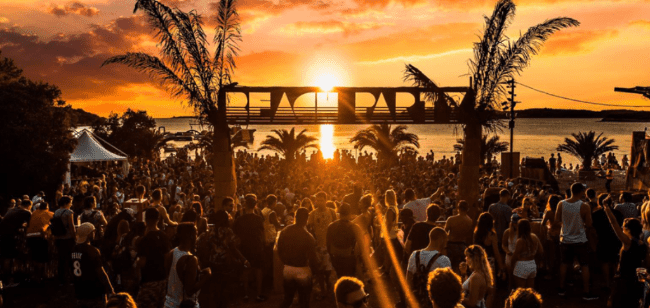
Tickets for Dimensions Festival
Only final tier tickets – priced at £141 – remain, so be sure to snap them up fast! Buy online at bit.ly/2FszVGR.
More on Dimensions
For all the latest news, be sure to check out the official website as well Dimensions on Facebook, Twitter and Instagram.

